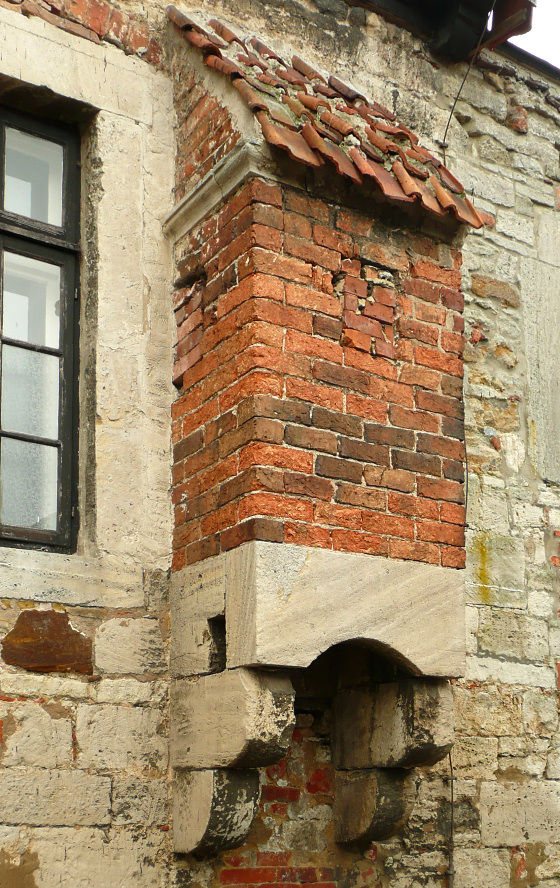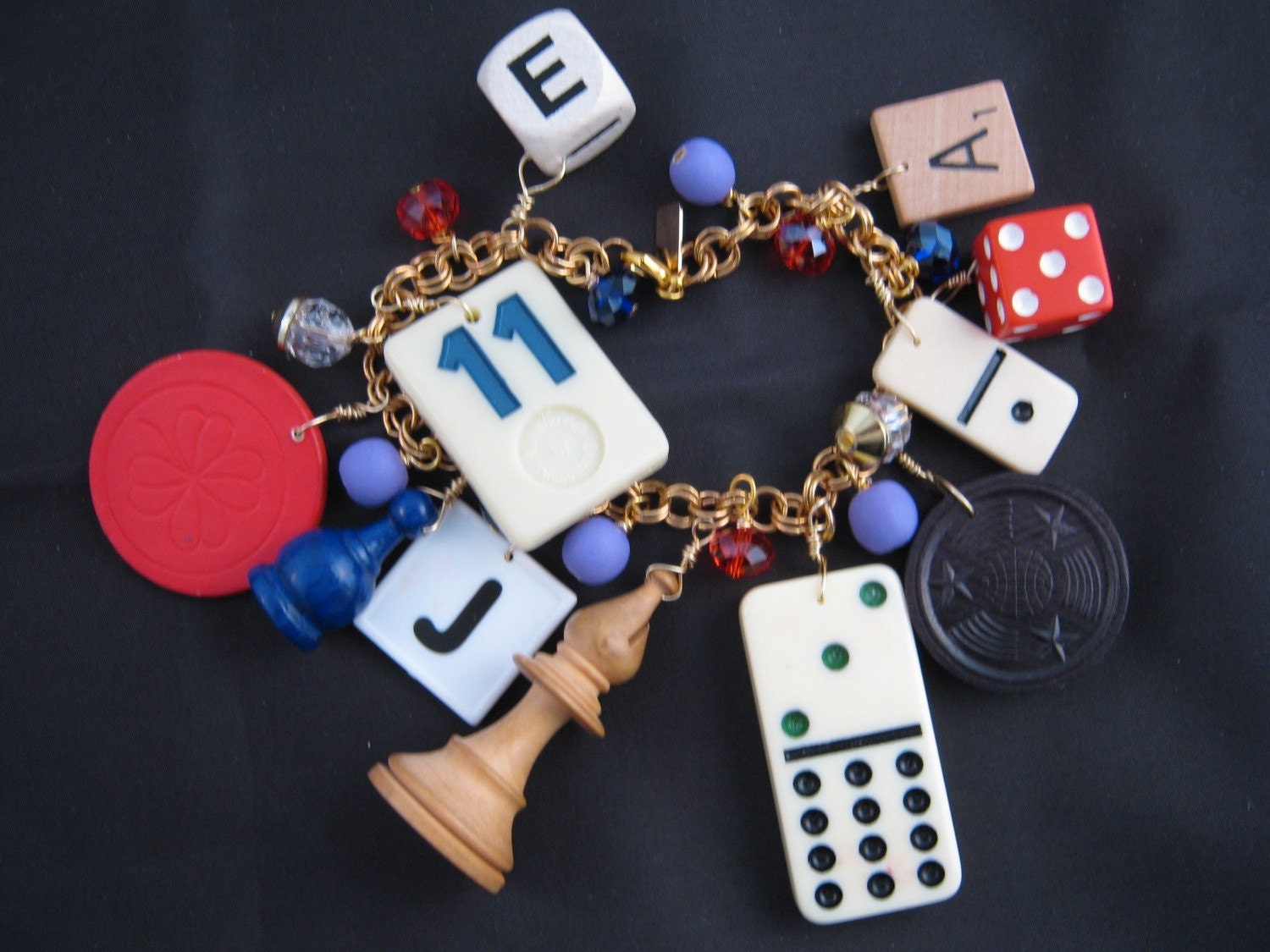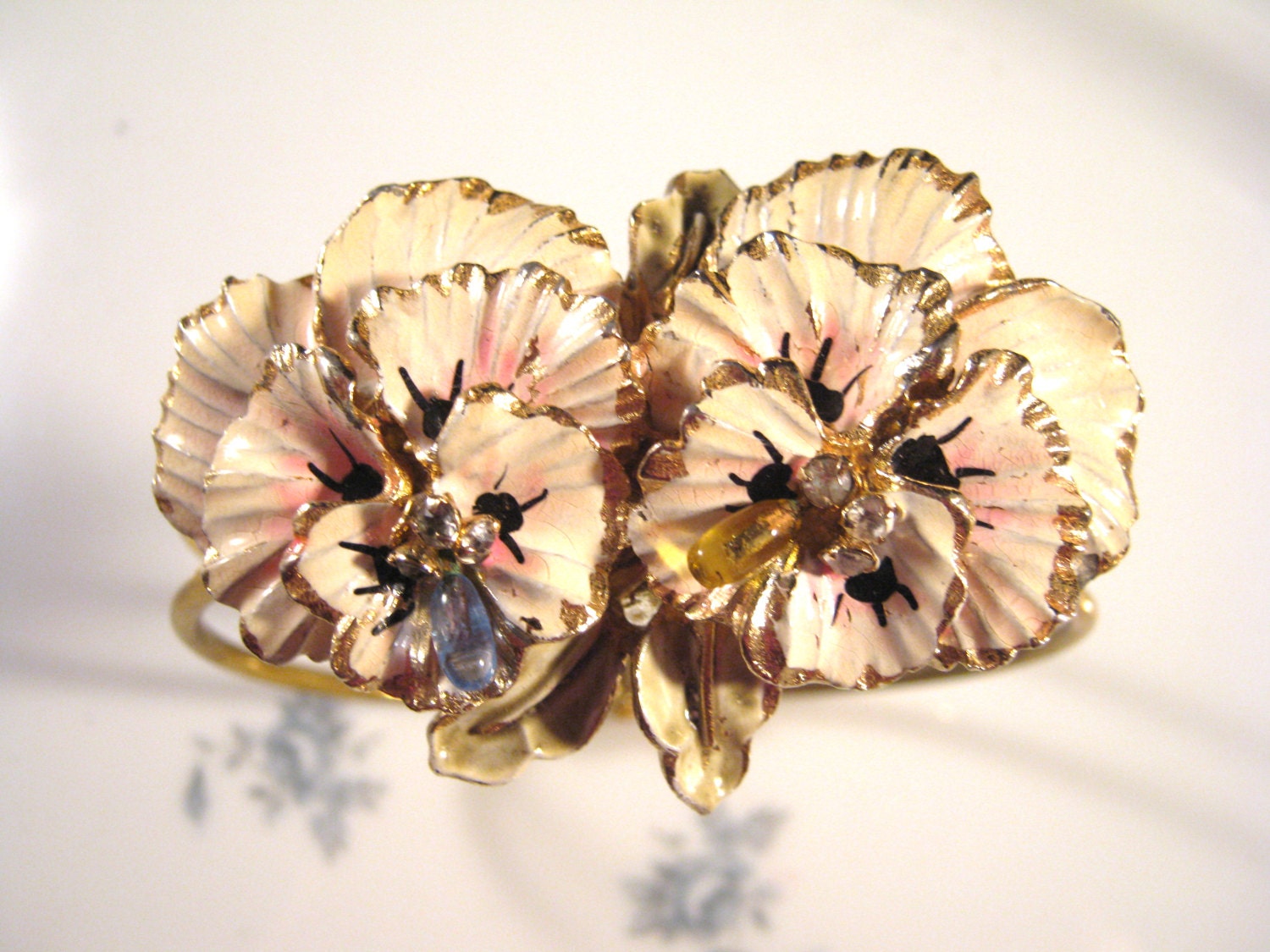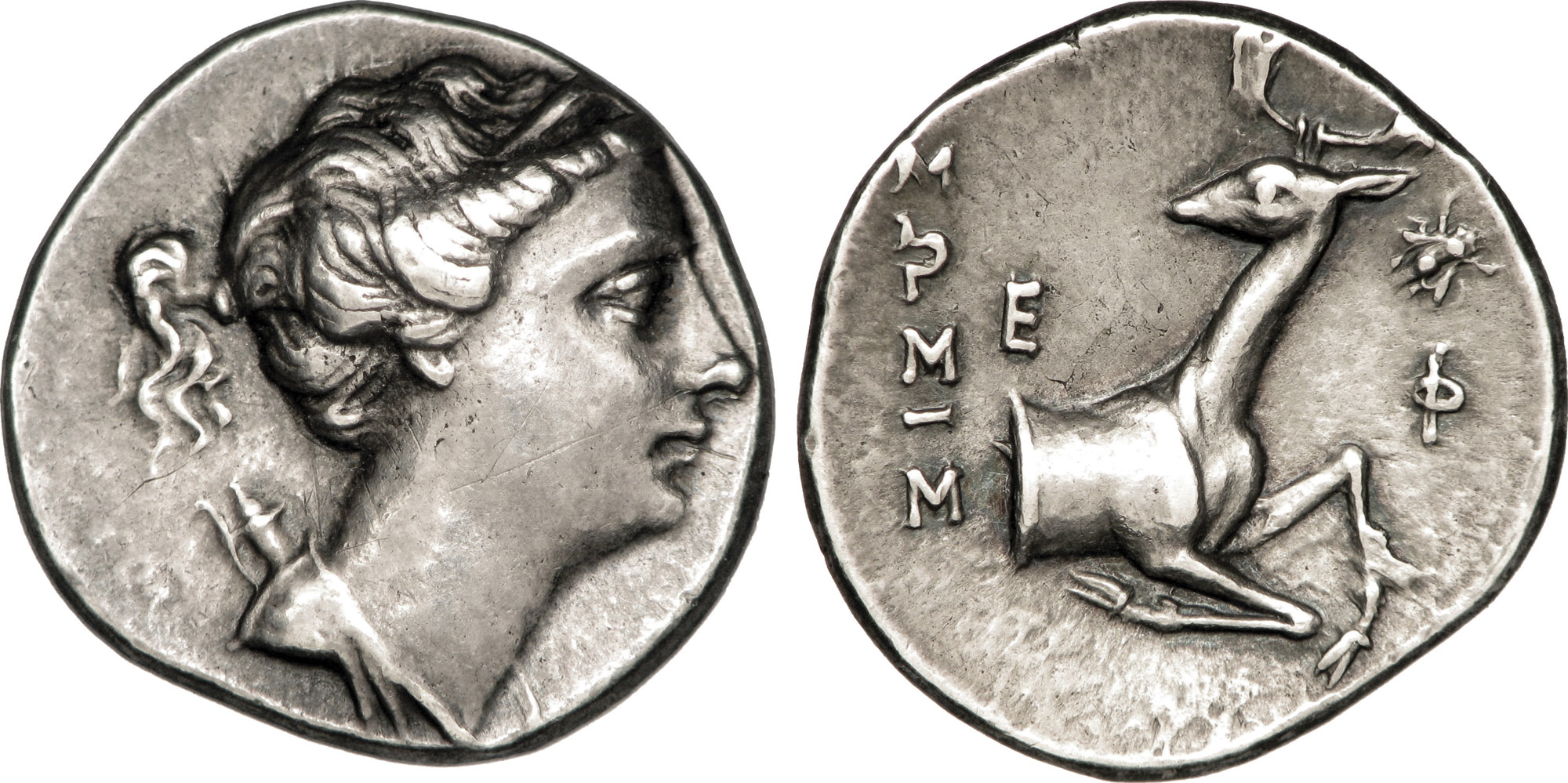Newly restored frescoes in the Catacombs of Priscilla have ignited a firestorm of speculation about whether the early church allowed women priests. I read these stories thinking this was another case of the popular press suffering from too little knowledge. Now I’m not at all sure they’re wrong.
The dominant cults of Rome at the time, including the Imperial Cult, honored women as members of the imperial family, priestesses, and goddesses. The Christian citizens of Rome would not have found a woman in the role of priestess to be particularly strange.
Paul—often cited as the authority for keeping women from religious roles—refers to Phoebe as a “deacon” in Romans 16:2 and clearly held Priscilla in high regard as a teacher and missionary.
That the catacombs are called after Priscilla and not her husband, the Consul Aquila, is in itself informative. The couple is mentioned six times in the New Testament. Acts 18 claims that the couple had recently come from Rome to Corinth where they met the apostle Paul (implying that Christianity had been taught in Rome before Paul got there).
Paul’s prohibitions against women preachers seem to conflict with his delight in the work of women like Priscilla. But this is just another example of the syncretic thinking of the ancients, which we moderns seemingly cannot embrace. It was Aquila who became a bishop in Asia Minor and not Priscilla, but Christianity had a way of adapting itself to the political realities of place. At any rate, they were both martyred, so for them it’s all water over the dam now.
 |
| A beautiful image of Christ with his lambs from the Catacombs of Priscilla. |
The Catacombs of Priscilla are among many such catacombs in Europe. Generally, these were also used for religious services when Christianity was suppressed. In the case of the Catacombs of Priscilla, that was the mid-second century through fourth century AD, a time of intermittent but violent suppression of the new Christian religion.
This was not an insignificant site in the early church. Two early popes—Marcellinus (296 -304) and Marcellus I (308-309) and many martyrs are entombed there, and many other popes and martyrs were once there but have been removed elsewhere.
The previous interpretation of the frescos was that they illustrated the deuterocanonical story of Susannah. Why such a minor story would receive such treatment in such a prominent tomb is inexplicable, and the Fractio Panis, above, makes no sense in that context.
It would be a pity to view the Catacombs of Priscilla only through the lens of gender equality. It contains some of the earliest known wall paintings of saints and Christian symbols, including the oldest known Marian paintings, from the third century AD.
Still, the gender equality question is fascinating, and this meticulous restoration brings the issue to light.
Let me know if you’re interested in painting with me in Maine in 2014 or Rochester at any time. Click here for more information on my Maine workshops!

























